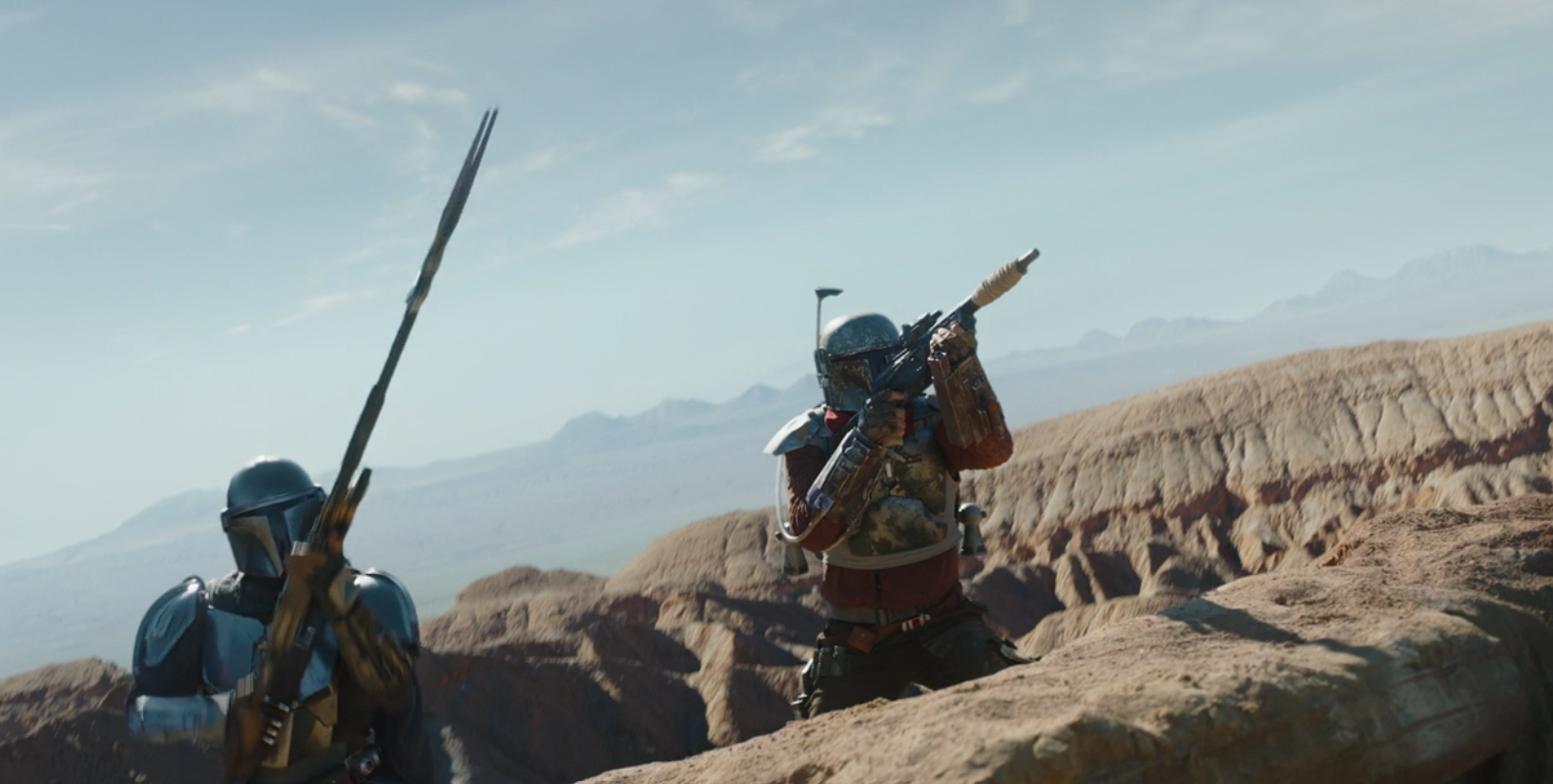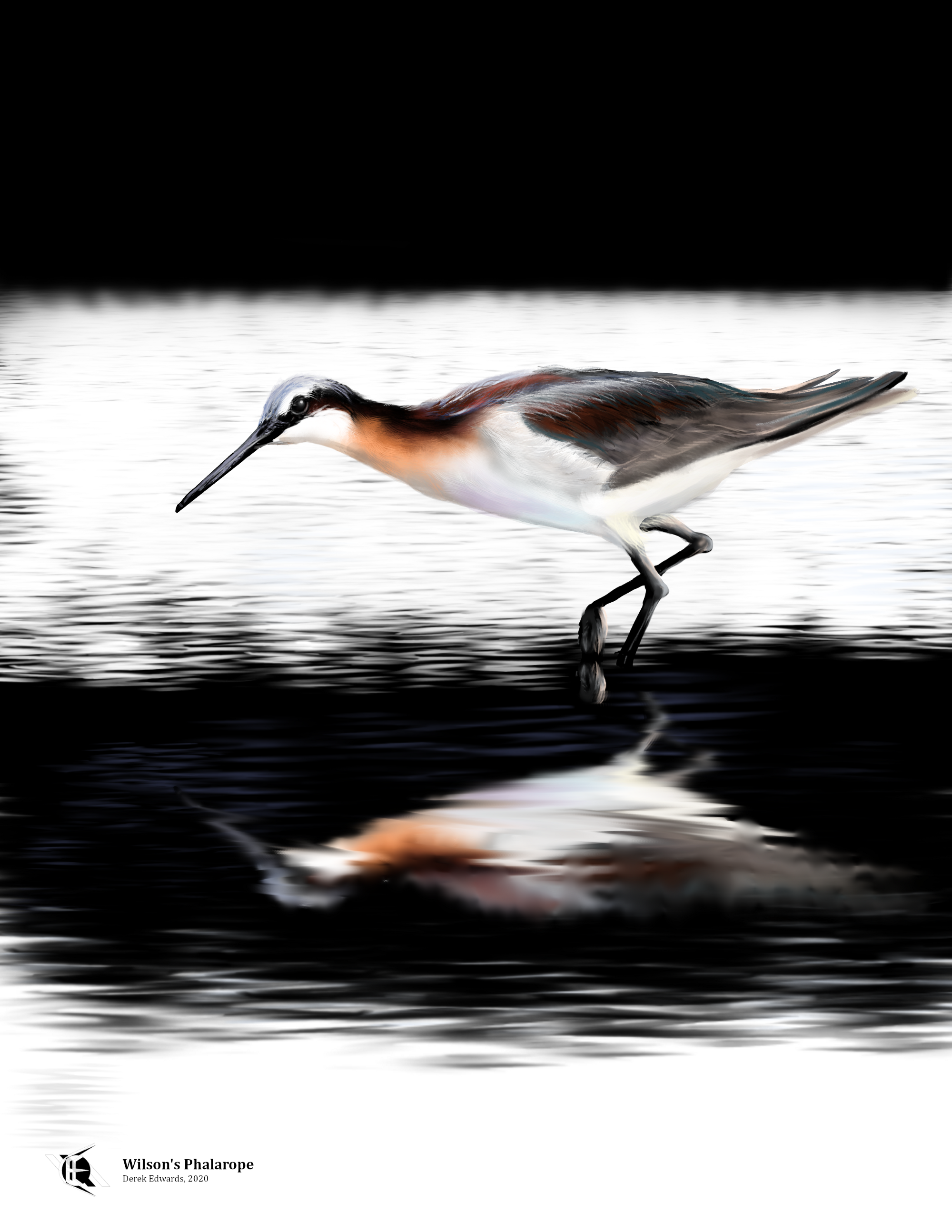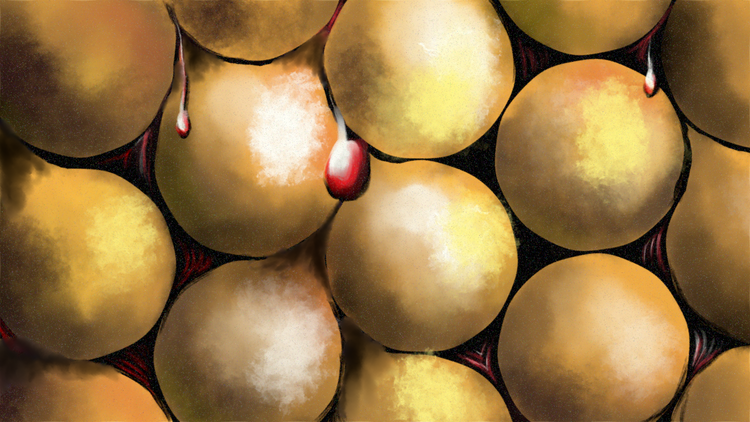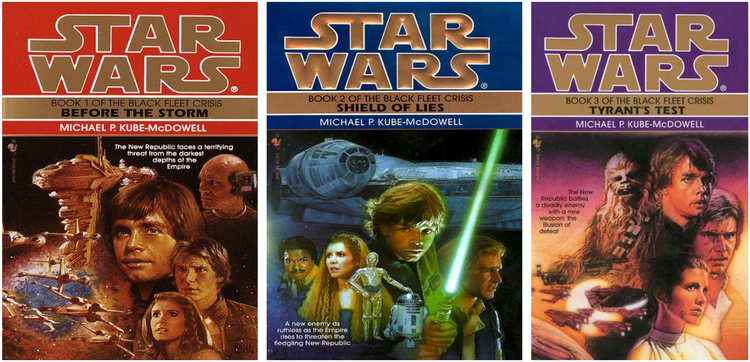
A Running Commentary | 11/2/2020
So, I’m doing this again.
You might remember EE Quarterlies, big massive link lists that came out every three months. Those were produced every three months, and they were a bit of work, and no one read them, so I stopped doing them.
Anyway, it’s been some time, and there’ve been changes to Medium’s newsletters to make them a bit better, and changes to IFTTT (which I use to distribute my link curations) to make it a bit worse, so I thought I might give this another go.
Besides that, there are always things I’d like to write something about, but which don’t warrant a full post. Or there’s some follow-up I’d like to make to something I’ve already written. Those will go in here too.
As for timing, I’ll be shooting for once a week. That seems better for this sort of thing than every few months, and it’ll keep each one from getting too bloated.

Watching…
The Mandalorian has returned for a second season, with the first episode released on Disney+ this past Friday. I’ll be reviewing the season as a whole properly, but here are my notes on the premiere. SPOILERS

- The action was very well done, compared to Season 1. Favreau directed this episode himself, and his experience with the Iron Man films is evident in the shots of Djarin and the Marshall flying by jetpack.
- There were a lot more direct references to other Star Wars things in this episode than others in the show. Not just Boba Fett, but R5-D4 (the red one) and (part of) Anakin Skywalker’s podracer both make physical appearances.
- I’m adding John Leguizamo and Timothy Olyphant to my list of celebrities who were in Star Wars for my Who Wasn’t in Star Wars trivia game.
- The Krayt Dragon was great. (Haha, y’know, because it was a Greater Krayt Dragon.) With a Dune movie in the can, ready to be released whenever the covid clears, it’s quite the move to put a sand-swimming leviathan in the show. But I think the similarities to sandworms are pretty superficial. If anything, the dragon reminded me most of the shark from Jaws.
- This episode was a strong start to Season 2, though it didn’t do a lot to move the “Return the Child to the Jedi” quest that seems to be the main throughline for this season.

I guess I’ll mention that I also saw the remake of Lady and the Tramp. It was okay. The CGI dogs looked great, but it wasn’t significantly different from the original outside of a few surface elements. The voice acting was good except for Lady, who was voiced by Tessa Thompson. The whole point of Lady, as a character, is that she is young, naive, and increasingly out of her depth. Thompson has an air of breezy confidence that she brings to most of her performances, and which usually works, but doesn’t fit this character. At the other end of the spectrum is Sam Elliot as the old bloodhound, Trusty, which is the best casting in the film.

Bird of the Week

I’m gonna feature a new bird in each of these. I figured I’d start with the latest one I’ve drawn, the Wilson’s Phalarope. This is not a bird I’ve seen personally; they mostly live in the Rocky Mountain region during the summer, and in the lakes of the Andes in the winter.
Phalaropes are a particular sort of shorebird, named for the coot-like lobed feet at the end of their long legs. There are three extant species of phalarope, of which the Wilson’s is the largest. Their diet consists of small aquatic invertebrates, which they sometimes must stir up to the surface by swimming in tight circles. Phalaropes are odd among birds in that the females compete for mates, and are thus the more vividly colored.
“Wilson’s” refers to Alexander Wilson, a Scottish satirist who, after running afoul of the British government, came to America at the turn of the 19th century and wrote a 9-volume work on the new nation’s birds. Wilson was an inspiration to John James Audubon, who produced a similar work that has been more commonly remembered. Wilson has several North American bird species named for him.

New in Warframe
So, since I published my Warframe review, there’ve been a few major updates. Right now, Nezha Prime has just been released, but since the review there have also been the Deadlock Protocol (remaster of the Corpus Ship tileset) and the Heart of Deimos (integration of the Orokin Derelict missions into the regular star chart, as well as a new open world.) The third Nightwave, Glassmaker, is wrapping up.
- The new Corpus Ships are quite nice. The elevators on the old tileset are not missed. The Granum Void side-missions are interesting, though I never encounter anyone doing them anymore. So, while Protea wasn’t hard to acquire when she was first released, that might be different now. At least it’s not as bad as the Harrow farm, since you can solo the Granum Void more easily than the Defection missions.
- Speaking of Protea, she’s a good, unique support frame with some real damage output. In most cases, I’d say she equals Trinity, though I still prefer Wisp for a support role.
- Deimos was the big reveal of TennoCon 2020. If the Plains of Eidolon was a trailblazer and the Orb Vallis was an upscaling and upgrade, the Cambion Drift is a streamlining. It’s smaller, tighter, in both map size and gameplay. It’s probably my favorite of the big maps to actually play in.
- Xaku was in bad shape when I got them on release, and I haven’t really revisited them since. Maybe I’ll have an update in future.
- The Steel Path is…not great. At first, it seemed like just what was promised: a more challenging version of the Star Chart. But having to complete each mission again has highlighted that the difficulty is heightened in wildly inconsistent ways, since only some missions require combat. Exterminate missions are a slog on Steel Path, but very doable. Capture and Interception missions are only slightly harder. Assassination boss fights vary, of course, but they’re also generally only slightly harder. Spy and Rescue missions are basically the same since you didn’t really fight through those anyway if you were doing them right. Defense, and especially Mobile Defense, are difficult in the sense you need dedicated Defense frames, like Frost or Limbo, to do them. Hijack would be hard, except an Irradiating Disarm Loki can kind of cheese those missions. The hardest, I’d say, is Disruption. It’s very difficult to take down the demolition units without the absolute best hard-hitting weapons.
A lot of the challenge of the Steel Path comes not from the beefier enemies but from the fact that, like regular Star Chart missions, you’re playing solo for most nodes. - Glassmaker also kind of disappointed. I liked the idea of the investigation scenes, but they were hard in ways that couldn’t be mastered; the gameplay was basically the experience of having lost your TV remote. The story was okay, even though it wasn’t really a murder mystery as such. I haven’t beaten the Nihil fight yet; it’s tedious. It reminds me of the fight with Hunhow at the end of Octavia’s Anthem, except I’m the only one who didn’t like that and no one likes fighting Nihil.
- Inaros Prime looks really cool

Curation Links
The Legend of Limberlost | Kathrynn Aalto, Smithsonian Magazine
A biographical piece on Gene Stratton-Potter, an author and conservationist during the turn of the 20th Century. She helped re-establish wetlands in Indiana before such efforts were widespread.
A Tale Told by a Few Idiots | Andrew Ferguson, Commentary Magazine
Ferguson examines the world of stupidity studies, asking the question “who is the bigger fool? The fool, or the fool who studies him?
Frederick Douglass Corrects the Record | Frederick Douglass, Lapham’s Quarterly
A republishing of Douglass’s 1857 argument that slavery was not only immoral but illegal under the American Constitution as written.
Game Breaking | David Silverberg, Popular Mechanics
A history of “cheat codes”, the hidden suites of settings in video games. Sometimes developer tools, sometimes programming exploits, and sometimes deliberately introduced, these were a constant presence in the pre-online era of video gaming.
Unlucky Charms | Aaron Gell, Marker
Remember those charm bracelets? No, the other ones. Gell gives a history of Alex and Ani, a modular jewelry company that rose to the top of the market before falling earlier this year.
The UX of LEGO Interface Panels | George Cave, Designed by Cave Blog
A professional designer looks a the design of printed interface panels on Lego bricks and compares them to real-world user interface designs.
At a Loss for Words | Emily Hanford, APM Reports
A look at how the rise in whole language learning over phonics has brought “Three Cueing Theory”, an intuitive but discredited method of teaching literacy, to schools across the country.
The Red (M&M) Scare | Brought to You By… [AUDIO]
The story of M&M’s, how dodgy Soviet science and sensationalized reporting got the red ones pulled from shelves, and how one man mobilized a nation to bring them back, as a joke.






Member Commentary